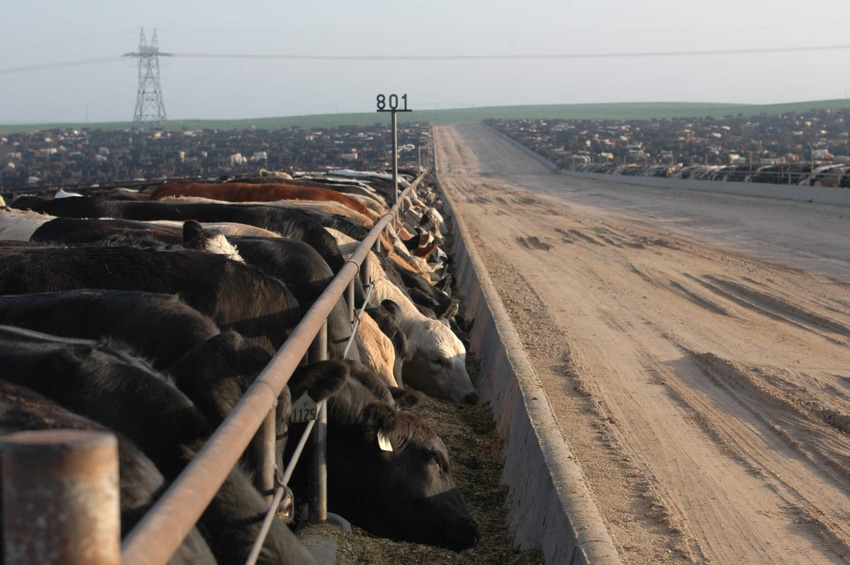4 tips for using probiotics effectively
Probiotics have long been used in cattle diets. But they must be handled correctly to be effective.
May 3, 2017

Source: Lallemand Animal Nutrition
“In animals, there are many dynamic and robust bacterial communities that are essential for productivity and well-being. Influencing these communities in a positive way can result in better overall health and productivity,” says Angel Aguilar Ph.D., Dipl. ACAN, Technical Service Manager, Lallemand Animal Nutrition. “Positive responses we’ve seen in research trials can even lead to reduced treatment costs. Yet, you can’t add just any probiotic to a ration and expect amazing results.”
There are thousands of yeast and bacteria strains, and each can have a different effect — or sometimes no effect at all. To get results, Aguilar suggests using four main criteria for selecting a probiotic:
Alive: Choose a probiotic containing live, or viable, bacteria or yeast. These products have a minimum viability guarantee on the product label.
From a trusted manufacturer: Ensure production and handling preserves the probiotic activity throughout the entire production distribution process.
Specific: A probiotic should be specifically selected strains, and proven, for a production or a health outcome in livestock.
Feed daily: Include probiotics in livestock rations each day to maintain an effective level.
First, probiotics must be alive when consumed by the animal, Aguilar says.
“It is well recognized that probiotic microorganisms must be alive, or viable, to have an effect on the microflora of the animal’s digestive system,” he says. “In fact, many governmental agencies will only authorize a claim on performance — such as improved milk production or feed efficiency — when the probiotic microorganism is viable.”
Next, the probiotic should be purchased from a reputable manufacturer. Harsh environments and poor handling can harm these beneficial organisms, he says. Each strain of yeast or bacteria has its own unique growing, handling and storage preferences. Therefore, it is important for producers to ensure that their top performing probiotic is pure, consistently produced and packaged strategically to maximize product quality and performance all the way to the feed bunk.
Third, these products must be specifically selected for the intended outcome. Certain probiotics stimulate the animal’s bacterial population in a specific way. For example, one strain of probiotic may stimulate the immune function while another may improve feed efficiency. Saccharomyces cerevisiae has been used for centuries in baking, brewing, human and livestock nutrition, and even in biofuel production. There are thousands of species of S. cerevisiae and not all perform in the same way.
“Saccharomyces cerevisiae boulardii CNCM I-1079, for example, has been proven to be more effective at positively impacting cattle and hog health status especially during times of stress,” Aguilar says. “Another strain of S. cerevisiae — CNCM I-1077 — has been proven to optimize rumen function by positively increasing rumen pH and fiber digestibility in cattle.”
Other bacterial probiotics have been shown to have specific effects in livestock. A certain strain of Lactobacillus acidophilus — strain BT-1386 — has been documented to reduce the prevalence of E. coli O157:H7 in feedlot cattle.
Finally, producers must add probiotics on a daily basis to maintain levels high enough to see benefits in the animal. Live probiotics generally do not reproduce or colonize in the animal’s digestive system, so daily consumption of a probiotic ensures the right amount of microorganisms are available to do the intended job.
“There are four keys to obtaining a positive result from probiotic use,” Aguilar says. “They are simple steps that may seem very intuitive but when applied to probiotics, they release the power within these little microorganisms to improve animal well-being and productivity.”
You May Also Like



